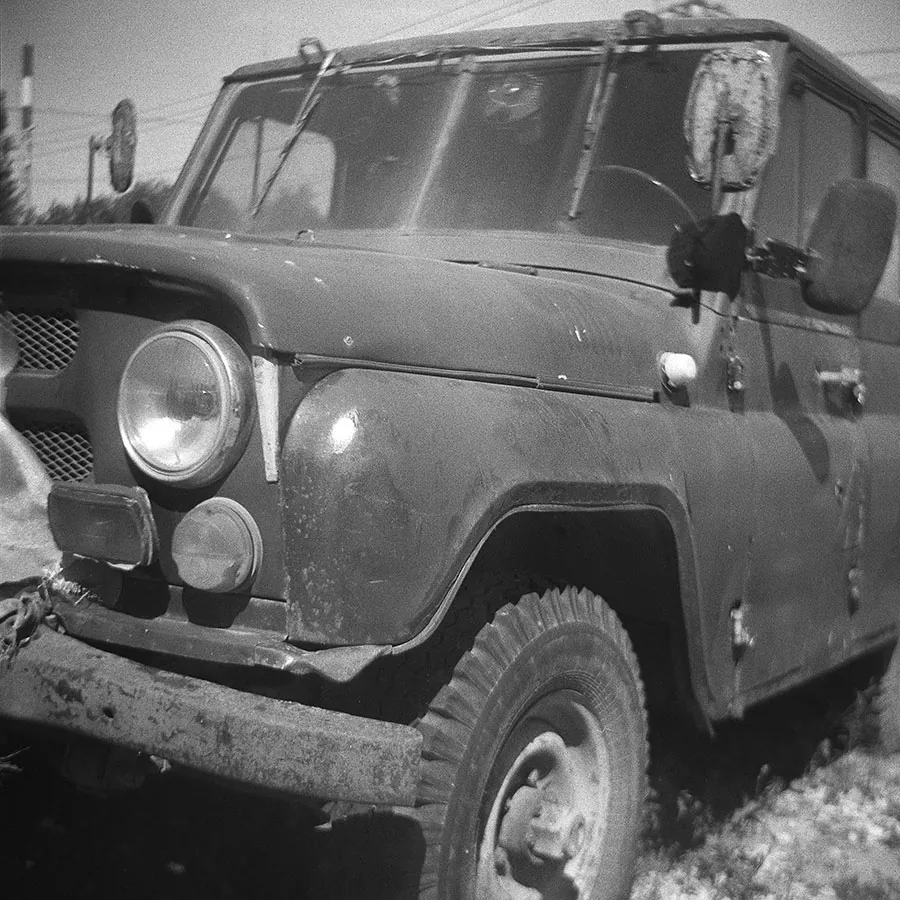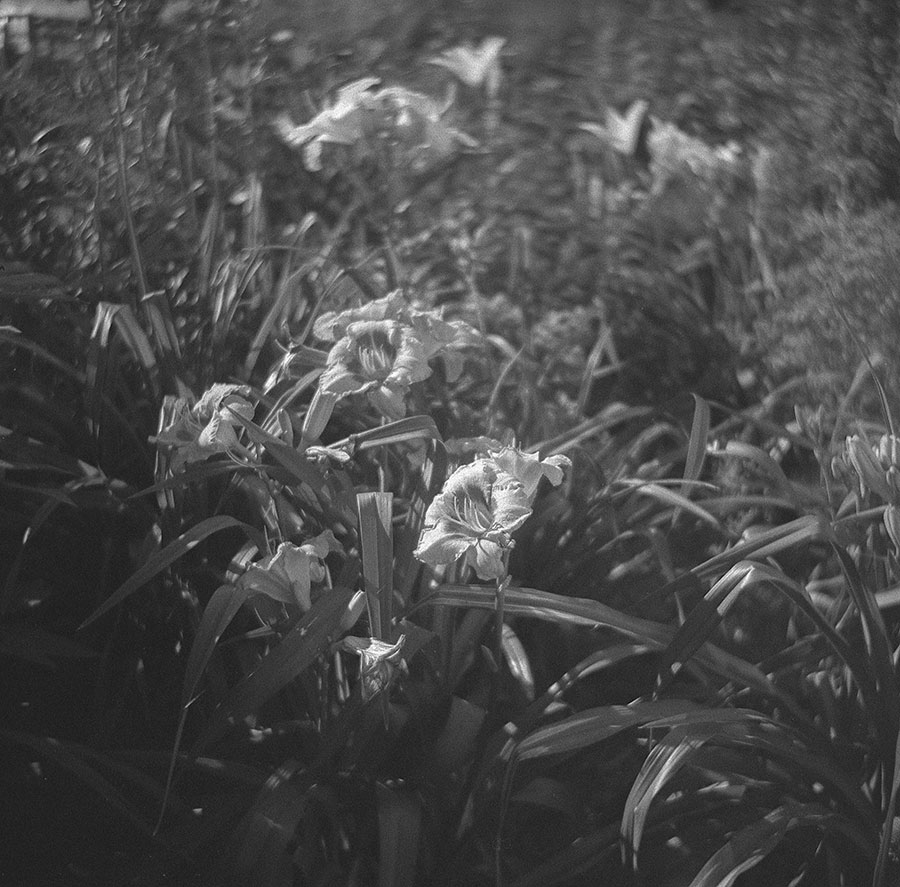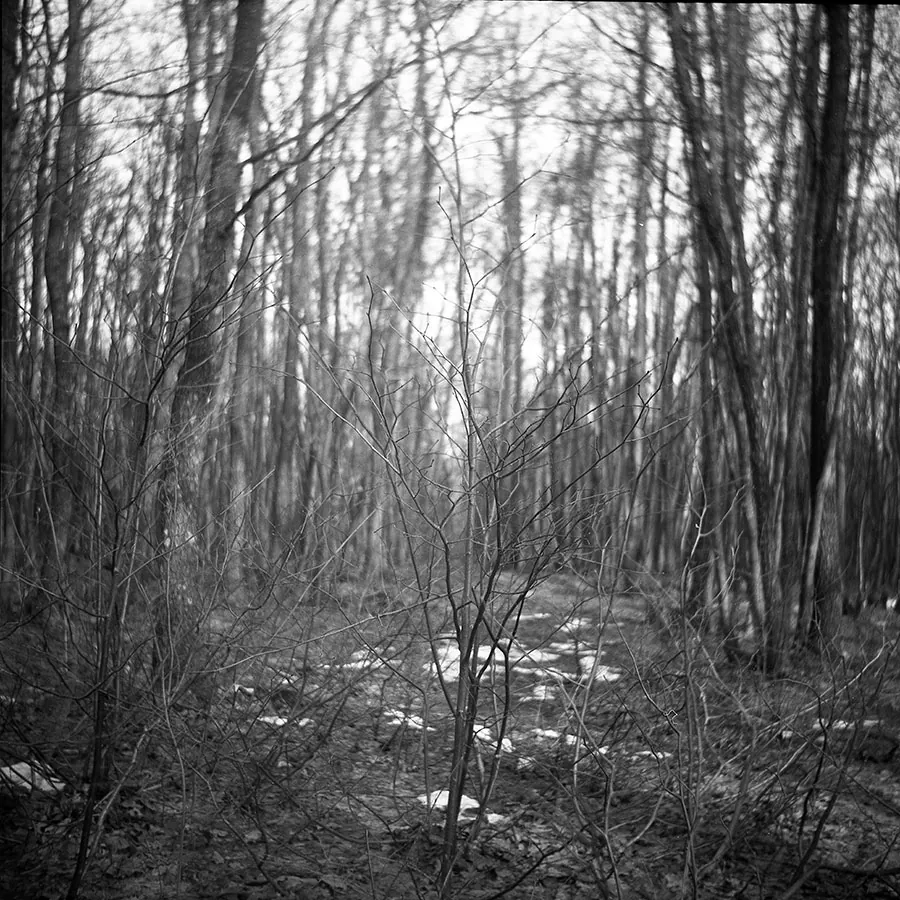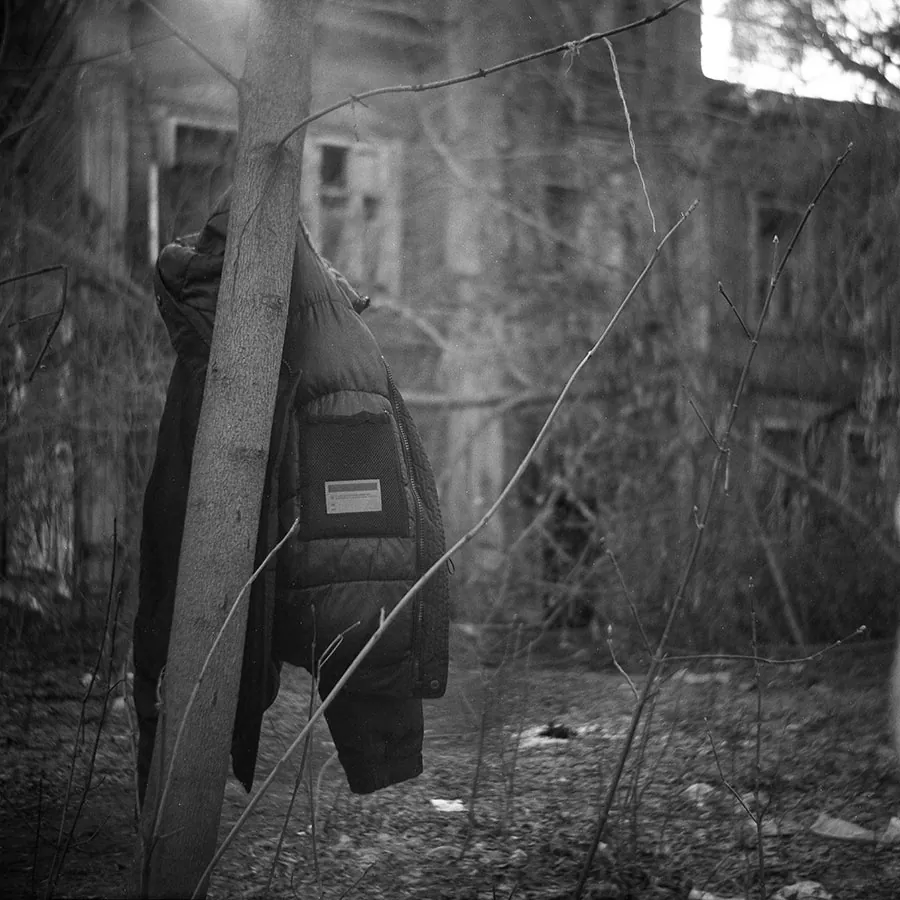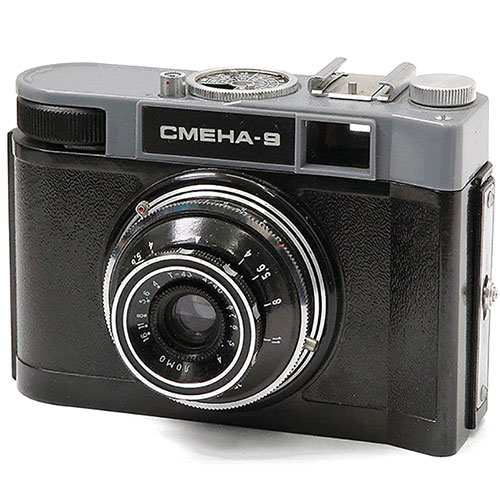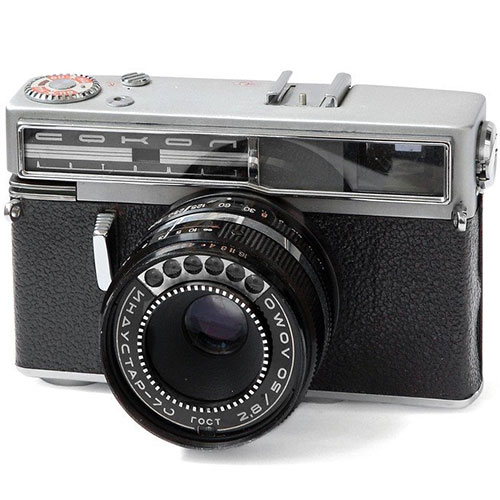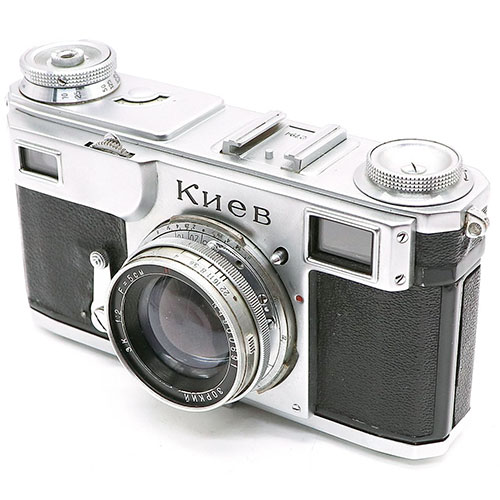Lubitel-2
Lubitel-2 is a Soviet medium format TLR camera which is an improved version of the Lubitel-1 camera with several updates.
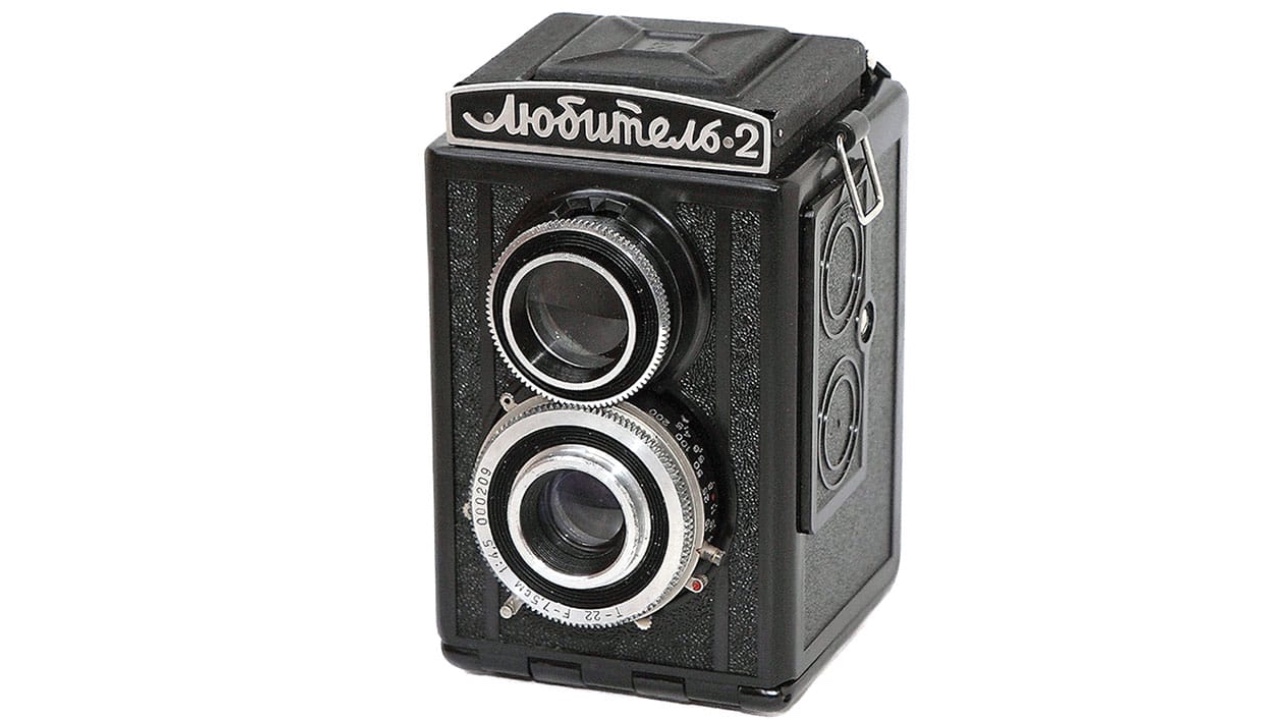
Lubitel-2 Specifications
- Type: 120 film TLR camera
- Manufacturer: LOMO plant
- Production period: 1955–1979
- Format: 6×6 cm on 120 film
- Lens mount: fixed lens
- Taking lens: T-22 f/4.5 75 mm
- Viewing lens: f/2.8 75 mm
- Shutter: leaf shutter with speeds from 1/15 to 1/250 sec.
- Viewfinder: waist-level finder
- Light meter: none
- Flash synchronization: sync socket “X”
- Self-timer: mechanical
- Weight: 570 grams
Lubitel-2 Overview
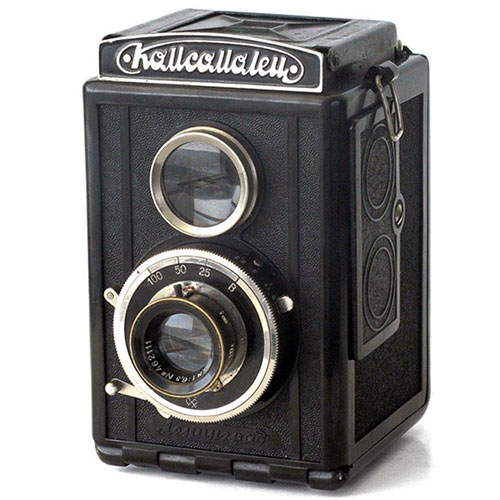

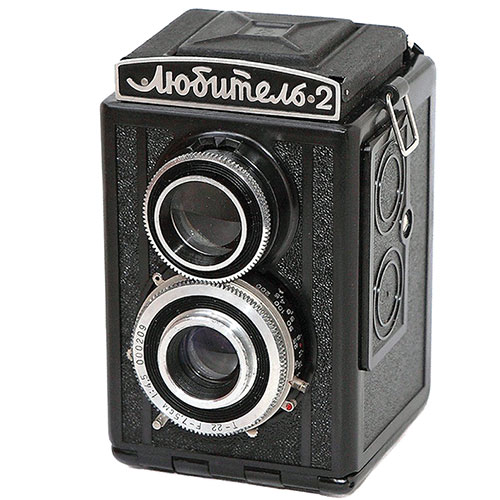
“Lubitel-2 is an inexpensive, easy-to-use, modern camera of interest to a wide range of amateur photographers”
With these words begins the manual for the Soviet medium format camera Lubitel-2. Indeed, the camera was very advanced for the Soviet Union of the 50s. This camera was an improved version of the Lubitel camera, which in turn was an improved version of the Komsomolets pseudo-twin-lens medium format camera.

Like previous cameras of this series, this Soviet TLR camera was produced at the LOMO plant. And like many Soviet cameras of those years, Lubitel-2 was not much different from its predecessor.
Unlike the first model, this medium format camera had the Self-timer and flash synchronization. And in fact, these are almost all improvements over the first model.
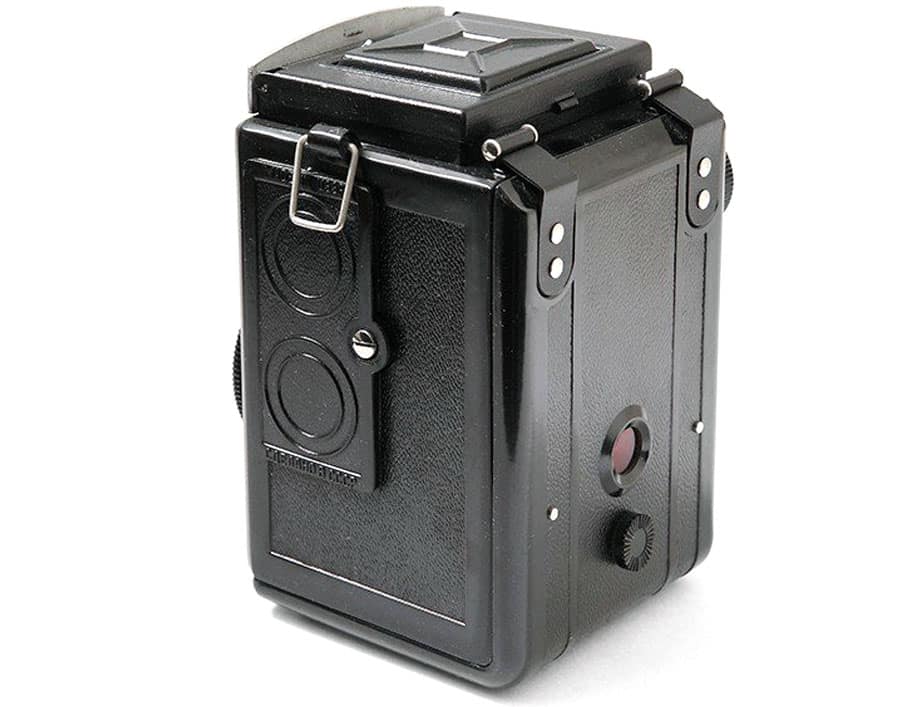
This TLR camera is designed for the 120 medium format film (12 frames). The frame size is standard, i.e. 6×6cm. Like all previous models, this camera is made of bakelite, that is, a kind of plastic.
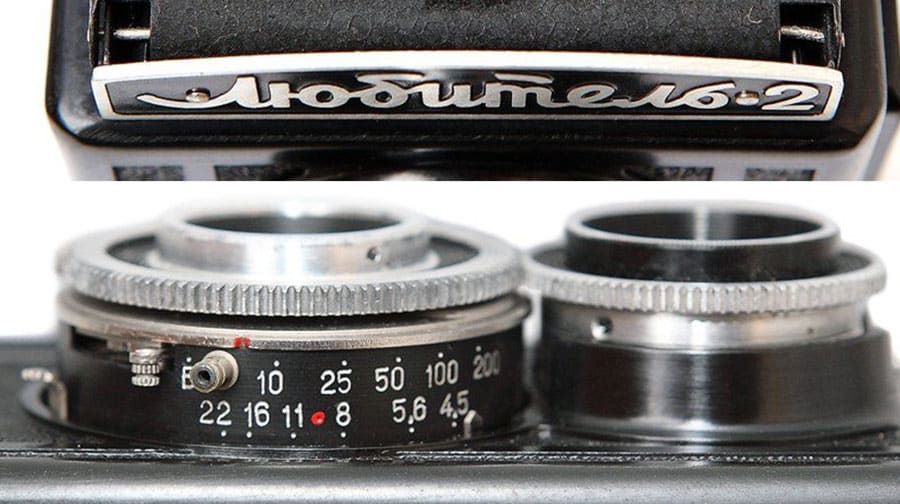
Lubitel-2 Lens
The Lubitel-2 camera is fitted with a Triplet T-22 4.5/75 mm taking lens, a classic three-element Cooke-type optic produced by LOMO.
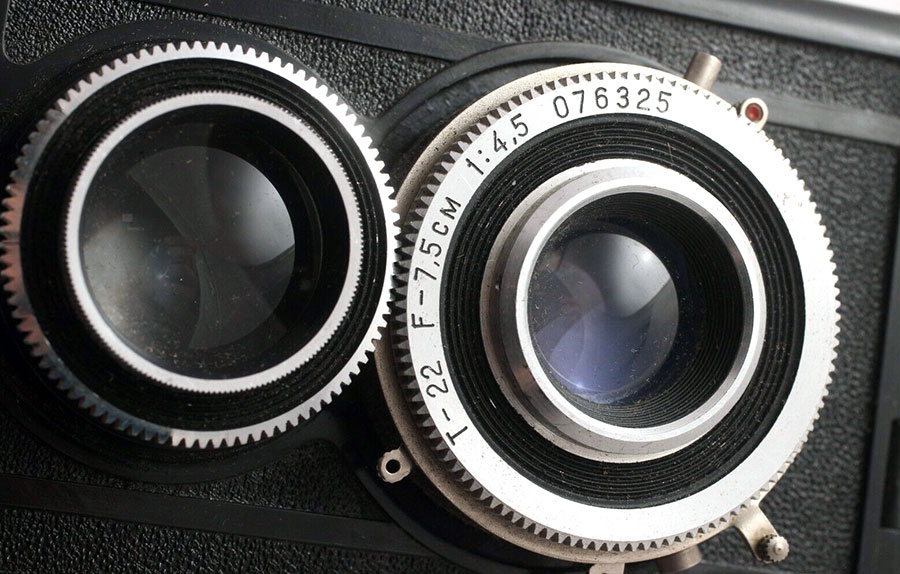
It is a coated glass lens, providing moderate contrast and good sharpness in the center of the frame. The aperture ranges from f/4.5 to f/22, controlled by a lever placed directly beneath the lens.
While the edges of the image soften slightly at wide apertures, stopping down to f/8–f/11 delivers a crisp and detailed image across most of the 6×6 cm frame.
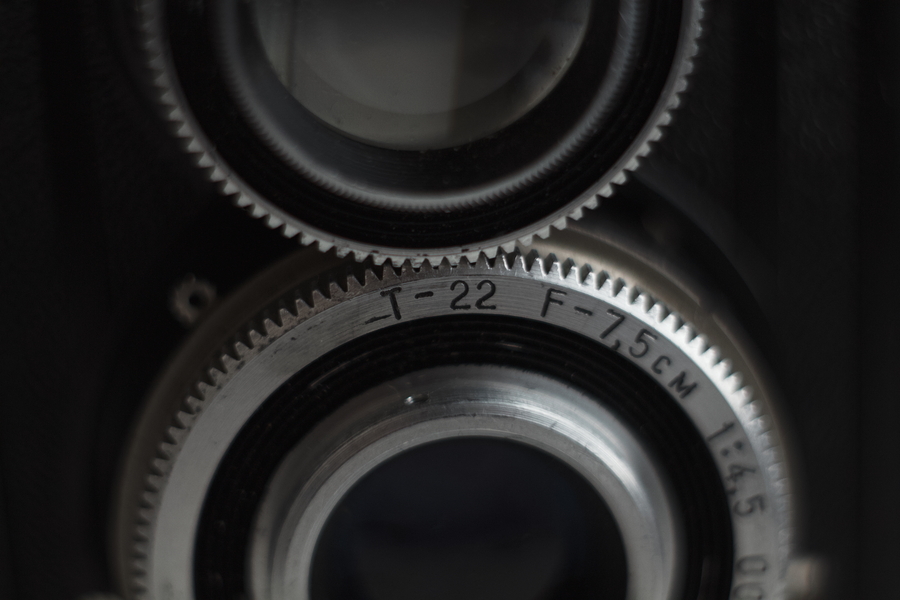
The viewing lens is a single-element 75 mm achromat with a wider aperture of f/2.8, designed purely for composition and focusing.
Both lenses are mechanically coupled by a system of gears, allowing synchronized movement, when the photographer focuses using the knurled ring on the taking lens, the viewing lens moves simultaneously. The focusing range extends from 1.3 m to infinity.
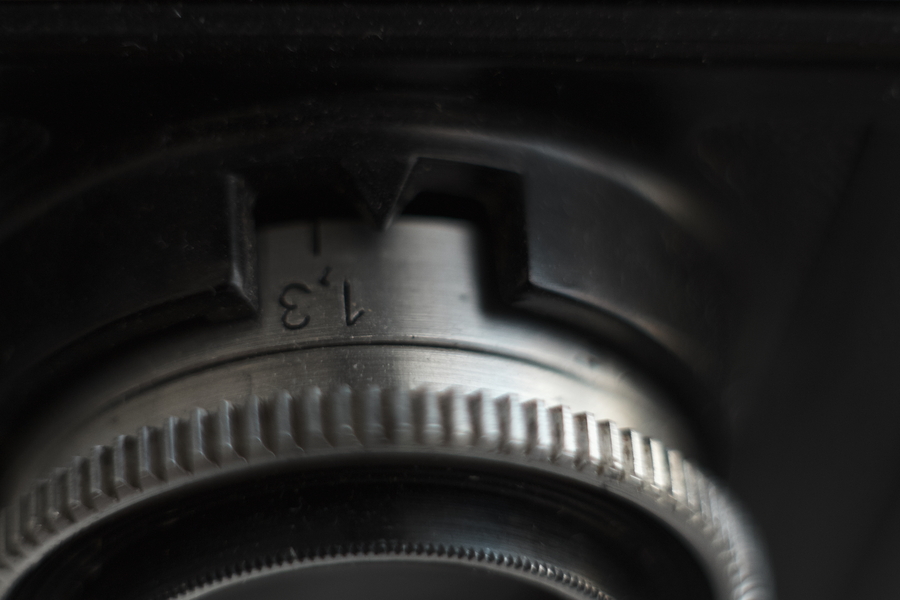
Despite its simplicity, the T-22 produces a characteristic vintage rendering: smooth bokeh, soft contrast, and a pleasant tonal transition typical of mid-century LOMO optics.
The lens is permanently mounted, with the shutter built into the same housing. Properly maintained, it still performs reliably, producing distinctively soft yet detailed medium-format negatives with the recognizable aesthetic of Soviet triplet lenses.
Lubitel-2 Shutter
The Lubitel-2 uses a central leaf shutter built into the same assembly as the Triplet T-22 lens. It is a fully mechanical unit, operating independently of the film advance.
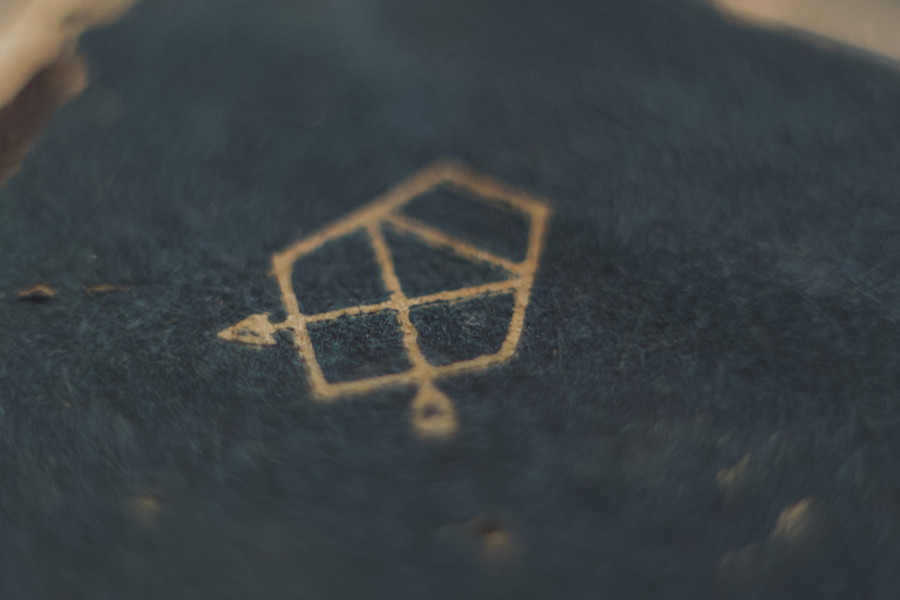
The shutter must be cocked manually before each exposure using a small metal lever placed beside the lens housing. Release is controlled by a separate trigger lever, which gives a soft and distinct click when pressed.
The mechanism provides shutter speeds 1/15, 1/30, 1/60, 1/125, 1/250 seconds, and Bulb (B) for long exposures. Earlier production cameras from the mid-1950s are fitted with an older set of speeds – 1/10 to 1/200 s plus B.
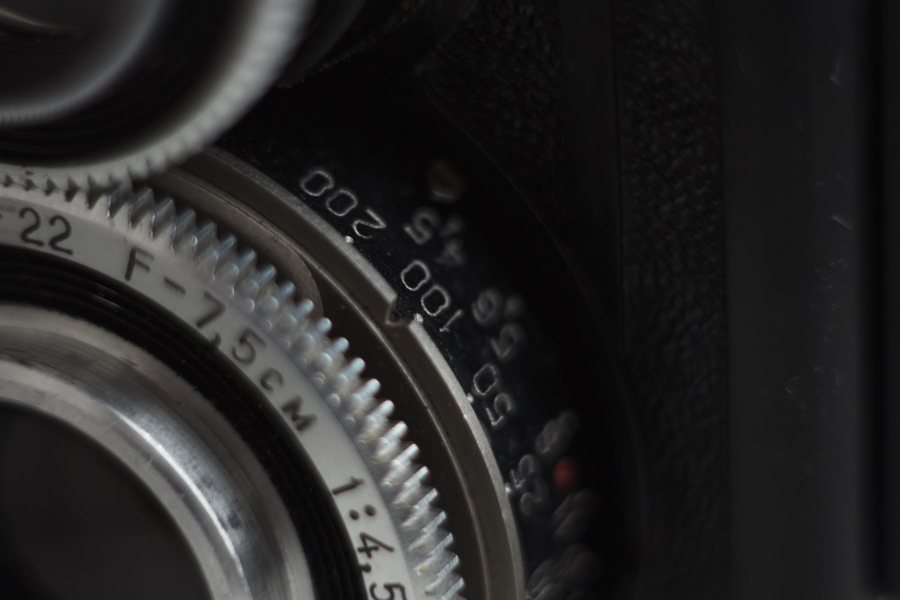
Later versions (after 1959) receive the updated sequence with slightly faster timings. This range covers most practical situations, from handheld daylight shots to controlled long exposures on a tripod.
The shutter also includes a mechanical self-timer and an “X” flash synchronization socket. This allows the use of external flash units at any shutter speed.
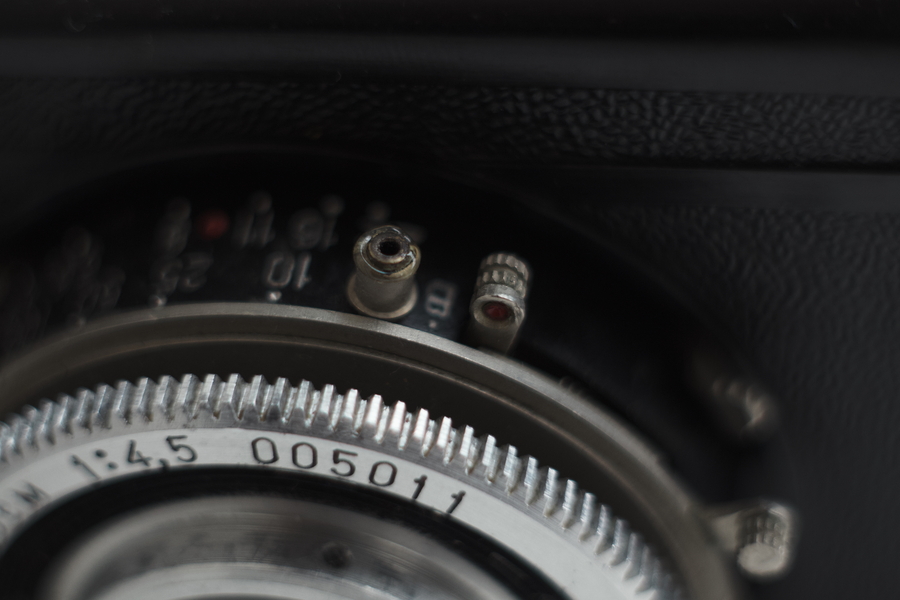
Because the leaf shutter is positioned between the optical elements of the taking lens, it delivers even illumination across the frame with minimal distortion or vibration.
Camera Body and Controls
The Lubitel-2 has a bakelite body with metal fittings, typical for mid-century LOMO TLR cameras. The design preserves the box-like geometry of the original Lubitel camera.
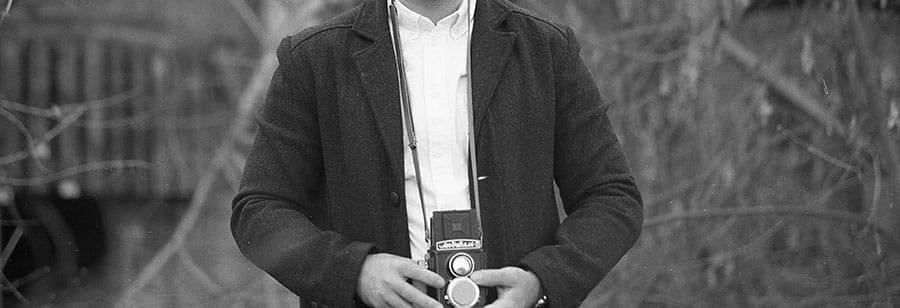
The overall dimensions are about 125×90×95 mm, and the weight is roughly 570 grams. This makes this Soviet camera comfortable to handle even during longer sessions.
On the top sits the waist-level viewfinder, which opens upward with two metal flaps forming a light-shielding hood. Inside is a bright optical screen with a matte focusing circle in the center, accompanied by a folding magnifier for precise focusing.

The hood can also be partially folded down, turning it into a sports-type frame finder – practical when shooting moving subjects or working in strong sunlight. But in fact, this feature is rarely used now.
Film loading is done through the removable back cover, hinged at the bottom. The camera accepts standard 120 roll film for twelve 6×6 cm frames.
The film travels from the lower supply spool to the upper take-up spool, guided by two rollers. Frame numbers are viewed through a small red window with a protective filter on the rear door, which must be watched while winding to avoid double exposures.
The winding knob is located on the right side of the body. It advances the film independently from shutter cocking, meaning both actions must be performed separately before each shot.

On the opposite side, a small compartment holds two threaded filters, usually yellow and green, stored behind a swivel cover.
The main exposure controls are grouped around the lens block, as in many classic film cameras. A tripod socket is mounted on the base plate.
Despite its simplicity, the camera feels mechanically solid. The knobs turn with defined resistance, and the shutter assembly operates smoothly even decades later.
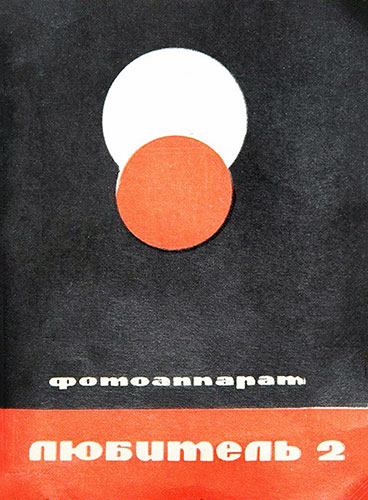
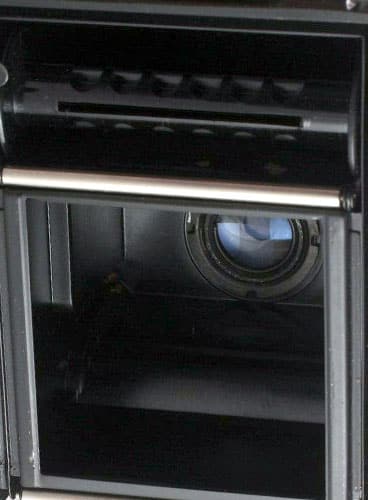
Conclusion
Of course, like all Soviet devices, Lubitel-2 has some typical problems. First, when buying a camera, you will have to adjust the lens, since many cameras have lost their ability to focus. In addition, focusing with a small dark ground glass circle is not an easy task.
Because of this, objects in the photo will be out of focus and the photos will turn out ruined.
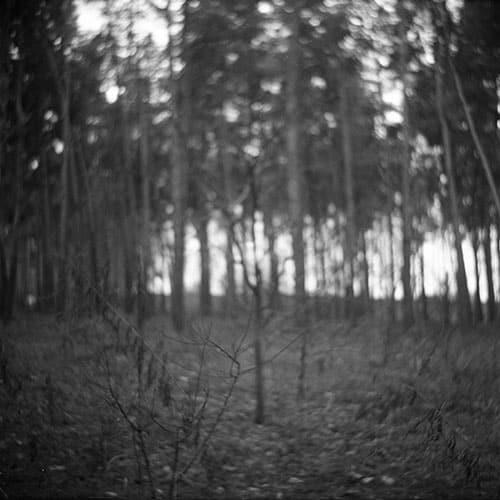

And you need to understand that in the 120 film format the depth of the sharply depicted space is narrower, which means that you need to aim much more accurately so that the focus is on exactly what you need.
These photos were taken with this camera without the necessary adjustments, and as you can see, there is not a single object in focus in the photo.
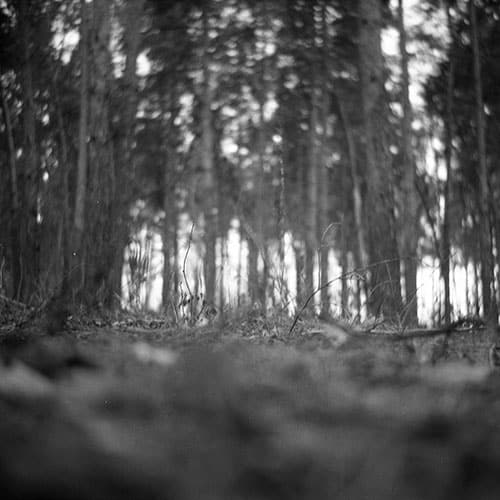
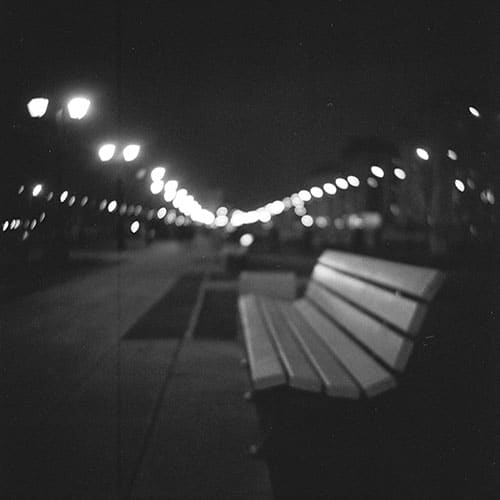
Due to the fact that this is a medium format, the photos are very dimensional, and the depth of the image is truly mesmerizing. The lens is sharp enough and the bokeh zone is very soft.
It is also worth noting that the Lubitel is a fairly classic example of the Soviet industry. The first cameras, as already mentioned, were copies of a German 6×6 TLR camera. The ideas were very good as was the build quality.
But from year to year, the Soviet industry created the same thing, practically without making any changes to the camera’s design. So the very first devices of this brand are practically no different from the latest ones, and everything that is said in this article about the Lubitel-2 is true for earlier and later models.
All these advantages, combined with the fact that the camera is worth a penny, cover all the disadvantages of Lubitel-2. And we believe that this is one of the most interesting cameras created in the Soviet Union.


